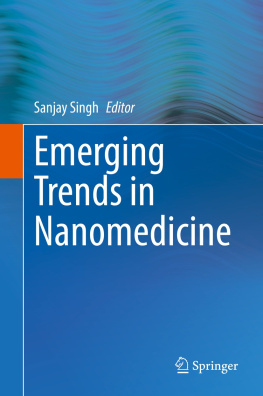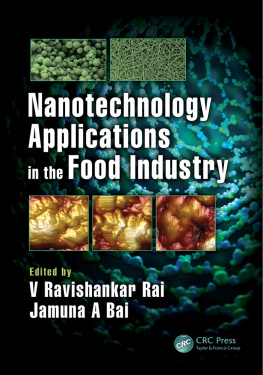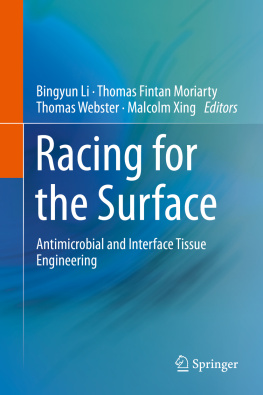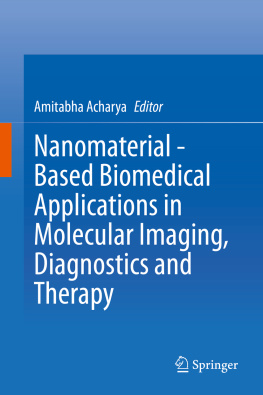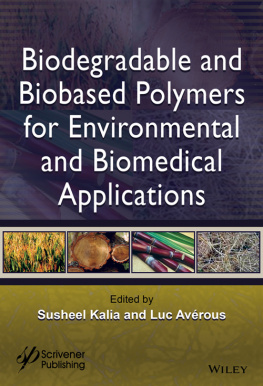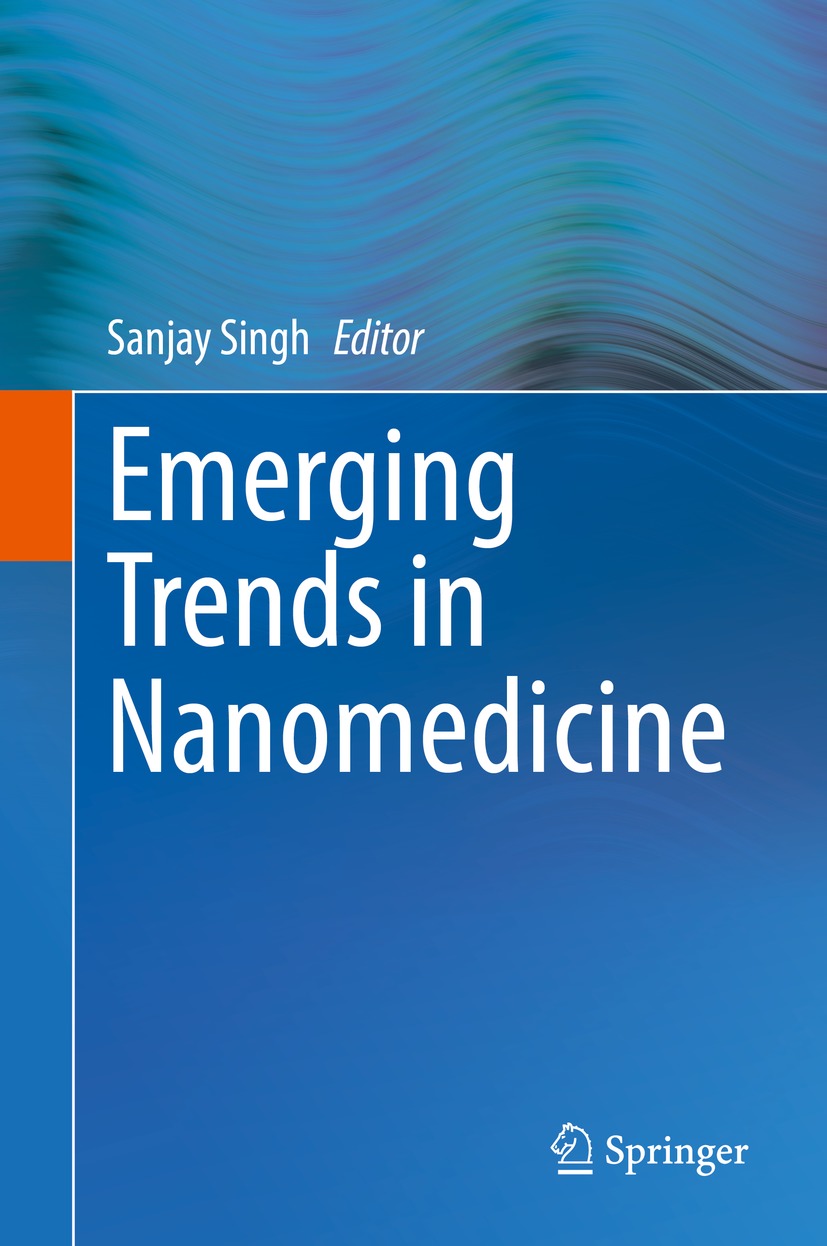Sanjay Singh (editor) - Emerging Trends in Nanomedicine
Here you can read online Sanjay Singh (editor) - Emerging Trends in Nanomedicine full text of the book (entire story) in english for free. Download pdf and epub, get meaning, cover and reviews about this ebook. year: 2021, publisher: Springer, genre: Romance novel. Description of the work, (preface) as well as reviews are available. Best literature library LitArk.com created for fans of good reading and offers a wide selection of genres:
Romance novel
Science fiction
Adventure
Detective
Science
History
Home and family
Prose
Art
Politics
Computer
Non-fiction
Religion
Business
Children
Humor
Choose a favorite category and find really read worthwhile books. Enjoy immersion in the world of imagination, feel the emotions of the characters or learn something new for yourself, make an fascinating discovery.
- Book:Emerging Trends in Nanomedicine
- Author:
- Publisher:Springer
- Genre:
- Year:2021
- Rating:5 / 5
- Favourites:Add to favourites
- Your mark:
Emerging Trends in Nanomedicine: summary, description and annotation
We offer to read an annotation, description, summary or preface (depends on what the author of the book "Emerging Trends in Nanomedicine" wrote himself). If you haven't found the necessary information about the book — write in the comments, we will try to find it.
This book illustrates the significance of nanotechnology in the delivery of anticancer and antimicrobial drugs, biomimetic technologies, tissue engineering, sensing, diagnostics, and artificial enzymes. It first briefly discusses the use of nanotechnology for the delivery of anticancer medications, and the concept and applications of catalytically active nanomaterial-based artificial enzymes for sensing and diagnostic applications. It then explores the use of silver nanoparticle-based novel antimicrobials, and comprehensively reviews the role of nanomaterials in developing biomedical implants and tissue engineering applications. Lastly, it offers a detailed description of nanotherapeutics for combating human protozoan parasitic infections. Cutting across the disciplines, this book serves as a guide for researchers and scientists in biotechnology, medical science and material science.
Sanjay Singh (editor): author's other books
Who wrote Emerging Trends in Nanomedicine? Find out the surname, the name of the author of the book and a list of all author's works by series.

